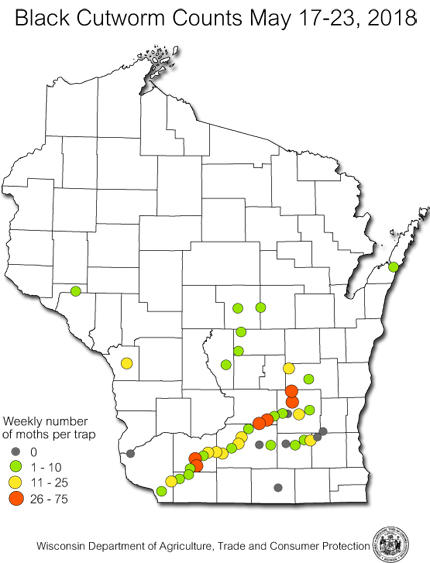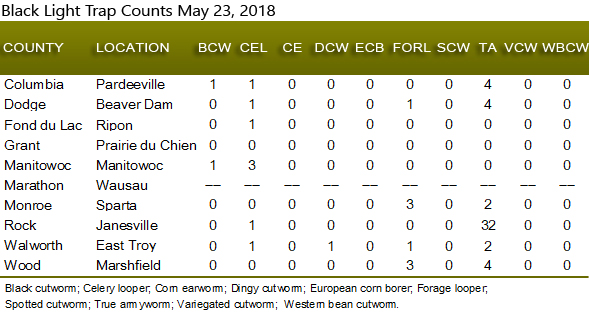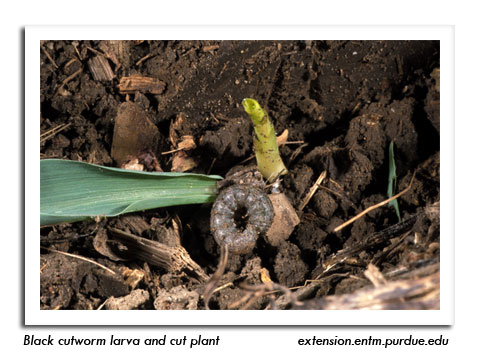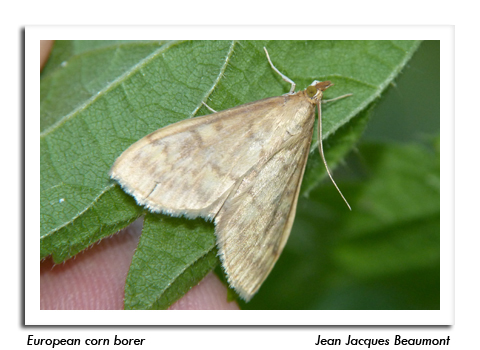
 |
|
|
Corn
Volume 63 Number 4 Date 05/24/2018 BLACK CUTWORM - Larvae resulting from moth flights in late April and May have grown large enough to cut emerging corn plants. Although it may seem like an early start to the cutworm season, temperatures this month have been favorable for rapid degree day accumulation, and the 300 GDDs required for larval to reach the destructive 4th instar have been surpassed in the most advanced southern and western Wisconsin locations since the first significant flights on April 30. Field conditions are favorable for infestations this spring, and localized problems are expected. Corn with pre-plant broadleaf weed infestation, fields with cover crops that were terminated late, and sites with heavy crop residue (especially soybean residue) are at greater risk of infestation and should be routinely checked from emergence though the V5 stage. Cutworm larvae are capable of damaging corn protected with a Bt trait, usually in situations where larvae first develop on weeds or cover crops and are forced by late herbicide applications onto Bt corn when they are larger and less susceptible to Bt toxins. A threshold of 3% cutting of plants has traditionally been used as the point at which growers should consider a rescue treatment. The annual trapping survey has to date captured 1,690 moths in 47 traps, with the season's highest weekly catch of 528 moths recorded in the past week, from May 17-23. The latest moth influx signals oviposition on corn and susceptible vegetables has increased. TRUE ARMYWORM - The capture of 59 armyworm moths at the Janesville black light trap location during the past two weeks indicates a potential for larval infestations in small grains and corn early next month. Reduced-tillage corn following sod or a small grains cover crop, and fields with early-season grassy weed pressure, are candidates for armyworm problems. Damage usually appears first in the margin rows of fields, where the larvae enter when moving from another food source. EUROPEAN CORN BORER - The corn borer degree day model suggests the first flight is beginning in areas of the state where 374 heat units (modified base 50°F) have been reached, including Beloit, Eau Claire, Madison, La Crosse and Platteville. Moth emergence could accelerate quickly with very warm weather predicted for the week ahead. -- Krista Hamilton, DATCP Entomologist 




|
|
|